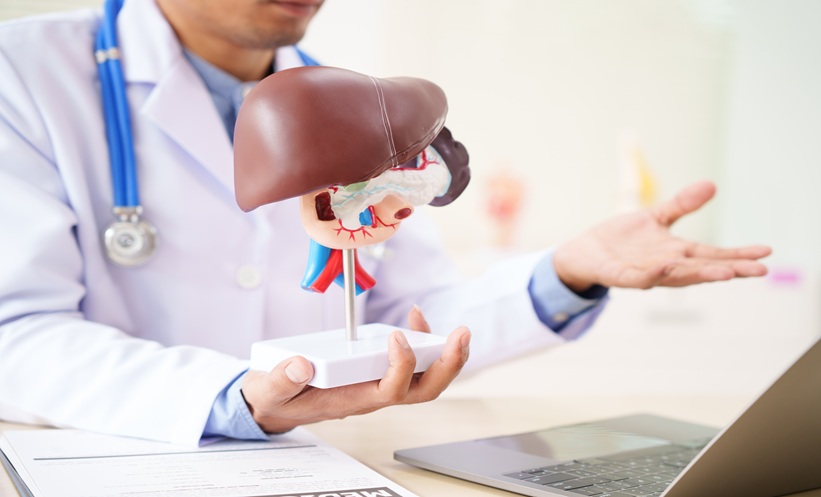BIOARTIFICIAL livers could possess the ability to sustain liver failure (LF) patients until their own internal organs can repair themselves or a matching donor is found.
For many end-stage liver disease (ESLD) and acute LF patients, transplantation is their final hope. Yet amazingly, only 3,000 organs are available for a waiting list of approximately 16,500 individuals, and liver donors are in high demand.
For decades, scientists have been working to design a device which can perform the functions of the liver, and after much investigation Vital Therapies Inc. has created a bioartificial technology – a human cell-based support system – with which they intend to pioneer medical advancement.
The bioartificial liver serves to perform the critical functions of a normal liver, including protein synthesis and blood cleansing; in this it aspires to mimic kidney function in haemodialysis, pumping the patient’s blood from the body to a dialyser machine – where waste products are removed – and then back into the body.
The additional time gained by patients from this device could allow for their liver to begin a process of self-repair or, at the very least, enable them to survive long enough to obtain a transplant.
Human trials are currently underway at Cedars-Sinai Medical Center and will determine if the bioartificial system is ready to make a difference in the outlook of ESLD and acute LF.
Dr Andrew Klein, Director of the Comprehensive Transplant Center and the Esther and Mark Schulman Chair in Surgery and Transplantation Medicine, Cedars-Sinai Medical Center, Los Angeles, California, USA, concluded: “LF patients and their doctors have long been frustrated by the critical need to provide the kind of life-saving care kidney patients are offered by dialysis. This important investigation we are undertaking at Cedars Sinai is a critical step in addressing the medical emergency presented by LF.”
(Image: freeimages.com)







